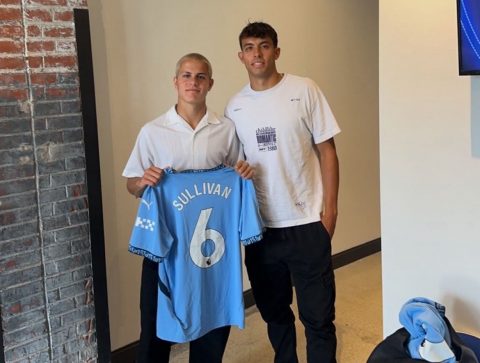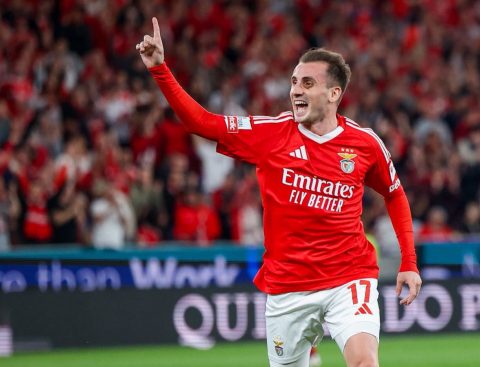In 2019, Formula 1 kicked off the new season with a spectacular event in Australia. Held at Melbourne’s Federation Square, it was a standout success due to its engaging nature and free access to fans. Although it was never repeated, likely due to the initial races in Bahrain and Saudi lacking the fan attendance to justify such an event, F1 has now decided to bring back the concept. This time, in 2025, it will take the form of a livery unveiling for all 10 teams at London’s The O2 on 18 February.
This initiative represents a significant opportunity to engage fans within a city centre during the typically quiet winter months. F1’s decision to make all 20 drivers and 10 team principals attend this event also serves as a litmus test for the current level of fan interest in the sport.
What to Expect from the 2025 Livery Launch
Billed as “an incredible evening,” the event promises to immerse fans in the drama and spectacle of Formula 1. Fans will not only witness the unveiling of the 2025 liveries but also take part in the excitement of F1’s 75th anniversary celebrations.
Competing for Attention
However, with all teams launching their liveries simultaneously, questions arise about media exposure. Smaller teams like Sauber, Williams, and Haas might struggle to gain the global media attention they would have previously received from a standalone launch. A particular highlight will be Lewis Hamilton’s debut as a Ferrari driver, which is sure to draw significant attention.
Teams usually select pre-season launch dates to avoid clashing with rivals, maximizing brand exposure and airtime. With everyone unveiling on the same day, unless additional separate events are planned, the impact may be diluted.
Challenges of Pricing and Fan Engagement
While F1 deserves credit for creating this inclusive event, ticket prices ranging from £58 to £113 could pose a challenge. It is logical that F1 looks to capitalize on its growing, younger fanbase. Merchandise is increasingly visible on high streets, and priced as a quarter of an F1 race ticket, the event offers fans a chance to see their heroes in an accessible location. But is £113 too much?
The organisers promise “top class entertainment and special guest presenters,” making it likely the event will sell out due to F1’s current popularity. Though older fans might balk at the cost, younger fans seem to be the target market, and if they are willing to pay and enjoy, then the strategy is justified.
The true value of this event will emerge in how it strikes a balance between accessibility, cost, and fan engagement. Can it serve as a template for future F1 initiatives, and how might it impact sponsor relationships and media strategies?









